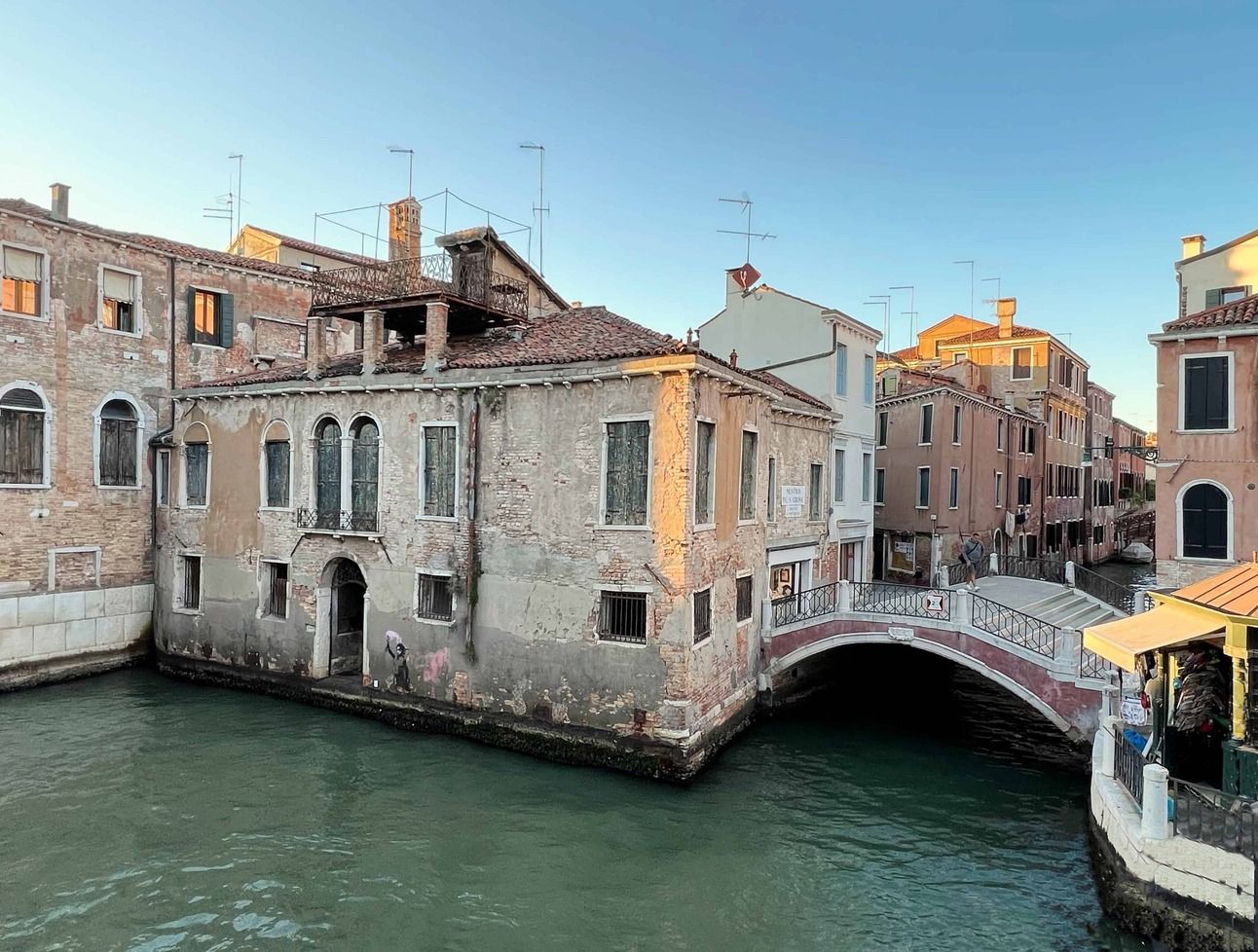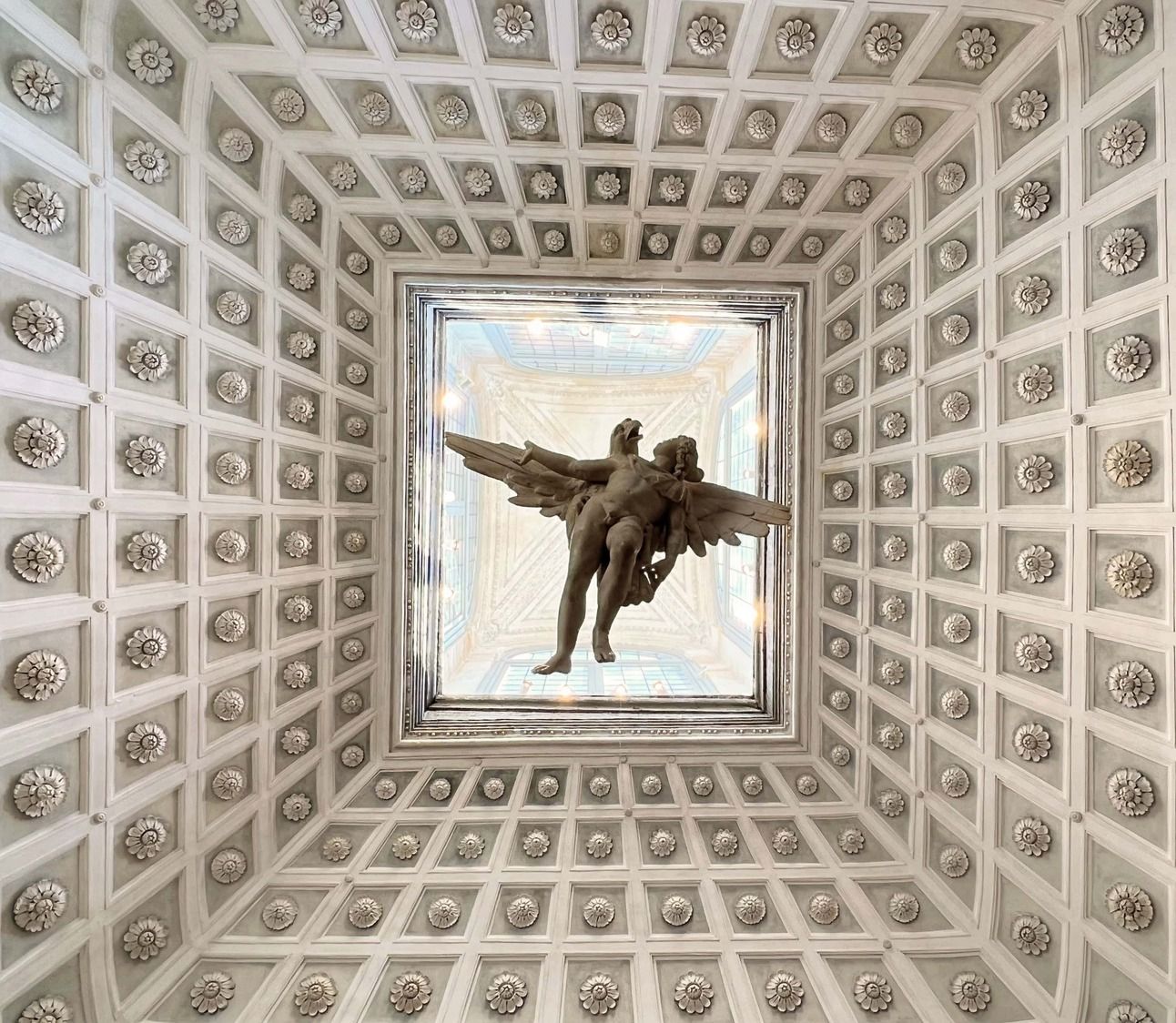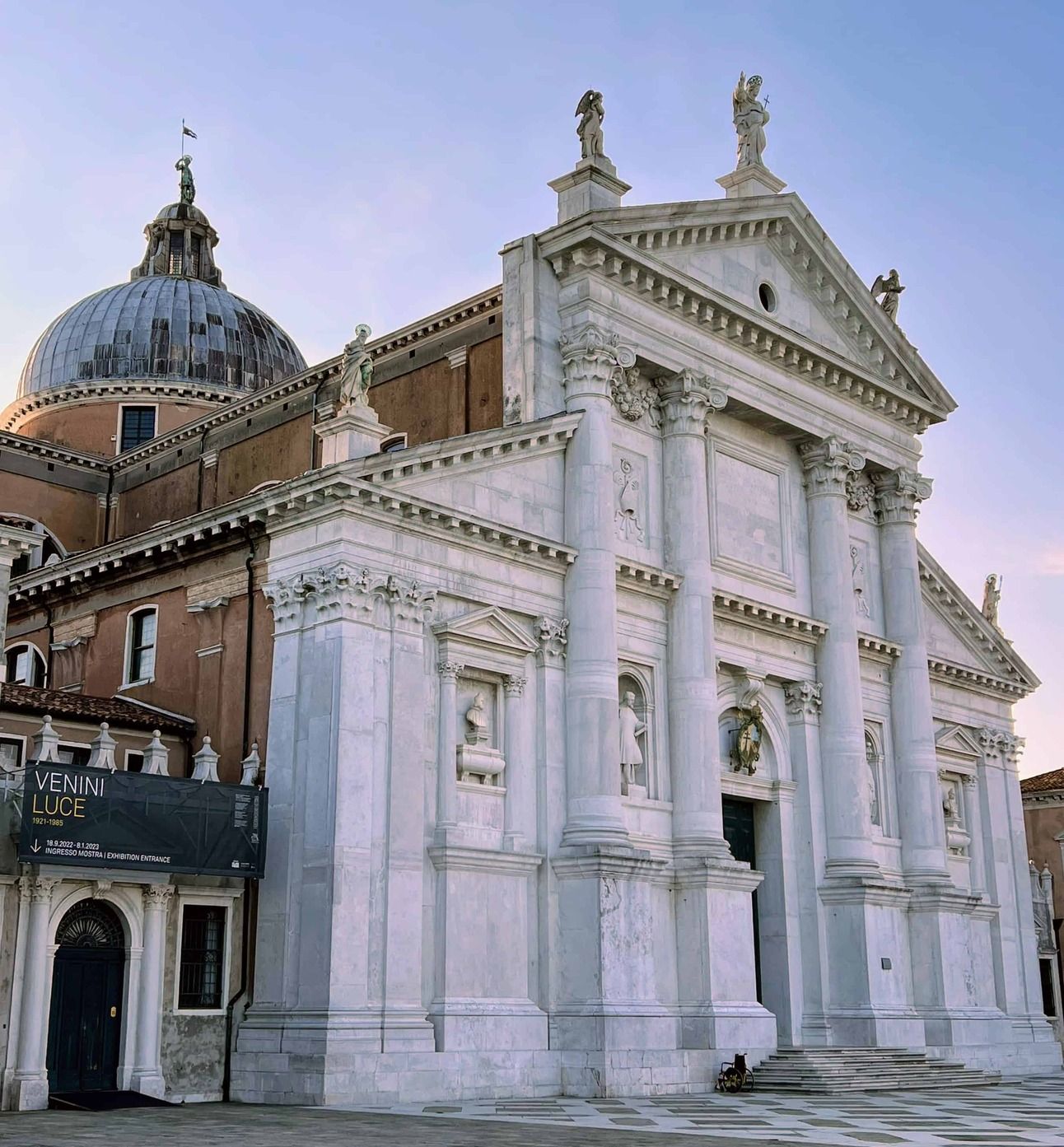- Lions in the Piazza
- Posts
- Avoiding over-tourism in Venice and beyond
Avoiding over-tourism in Venice and beyond
Hello everyone,
It’s nearly spring, a time of year when we get itchy to travel again. We’re heading to Japan in May and enjoying the pre-trip research. There are endless news stories about over-tourism in that country, but we’ve learned on our recent travels that hotspots tend to be uneven. One Japanese travel blog reported that 99% of tourists in Kyoto visit the same 1% of sites. We’ve seen a similar scenario in Italy and Spain: absurdly crowded areas with unspoiled places mere blocks away. You can always tell which viewpoint has gone viral, often under a title promising a “hidden gem”. Online promotion of “off-the-beaten-track” spots has even acquired a new nickname: Dupe Destinations. Unfortunately, many of the so-called dupes are leading tourists to even more crowded areas.

Case in point: Venice. The city in the lagoon was one of the world’s earliest major tourism destinations, and then became a notorious example of modern over-tourism. Ironically many tourists squeeze onto boats bound for islands like Burano in the belief that their remote location will provide breathing room. Meanwhile, landmark churches and palazzos in the historic center remain all but empty. Based on our recent trips, here are some areas which keep the serenity in La Serenissima.
Santa Croce

Santa Croce offers a taste of residential life in Venice surprisingly close to the major landmarks. Where the crowds thin, it’s possible to experience the city on a new level. Locals still gather in squares at sunset to kick balls with their kids, sprawl in lingering patches of sun, or catch up on gossip.

Often described as the heart of Santa Croce, Campo San Giacomo functions as a play area and social hub for residents and their canines. It’s dominated by the ninth century San Giacomo dall’Orio, one of the oldest churches in the city.
For more, see our post Staying in Santa Croce, Venice’s Most Authentic District.
Cannaregio

Cannaregio is the easiest district to navigate, and the upper stretches make an ideal base for those who don’t mind a bit more walking in order to get away from the crowds. A bustling high street, the Strada Nova, runs just north of the Grand Canal. Above it the neighborhood becomes more atmospheric. By day, it’s a quiet place to soak up the sun and sky. In the evening, cafés, bars, and restaurants spill out across the wide sidewalks and onto moored boats.

Among the many treasures scattered across the district, the Ca’ d’Oro is a must. Relatively few tourists take the time to do more than snap a photo of the facade – and they are missing out. The interior matches the opulence of the exterior, and the upper floors house art by the likes of Mantegna, Titian, and Bernini.
For more, see our post Cannaregio, Venice’s Most Relaxing District.
Castello

Castello is the only one of Venice’s six sestieri (districts) which doesn’t touch the Grand Canal. Because of its large size and relative remoteness, the district gets less tourist traffic, especially past the Arsenale. Most of the historic sites cluster closer to San Marco, with the neighborhood becoming quieter and more residential further out.
Castello’s eastern end contains a mixture of residential areas, along with Napoleon’s public gardens. Pavilions transform much of the area during the Biennale exhibitions, which alternates between art and architecture each year. Via Garibaldi runs from the waterfront promenade to the island of San Pietro di Castello. Both the latter and the larger island of Sant’Elena connect to the rest of Castello with footbridges.

Closer to the city center, we highly recommend the Palazzo Grimani with its inventive take on Classical Roman architecture. The combined ticket for the Palazzo Grimani and the Ca’ d’Oro in Cannaregio is one of Venice’s highlights.
For more, see our post Castello: Venice’s Sestiere of Secrets.
Islands of San Giorgio Maggiore and Giudecca

The iconic church of San Giorgio Maggiore remains surprisingly empty even during high season. We also recommend touring the adjacent monastery with Palladio’s refectory and cloister. Nearby Le Stanze del Vetro (“The Glass Rooms”) sponsors free long-term exhibitions in two buildings: one next door to the church, and one behind it. For one of the best views of Venice, take the lift to the top of San Giorgio’s bell tower.

Palladio’s Redentore has been immortalized in views from afar by painters like Monet and Canaletto. Venice still celebrates the Festa del Redentore procession every third Sunday in July, but the church and island stay quiet for the rest of the year. Behind the island’s prison is the hidden Garden of Eden.
For more information, see our article on Palladio’s Churches in Venice.
Isola di San Michele

North of Cannaregio, the cemetery island of San Michele makes a peaceful getaway. Visitors can wander among the gardens and funerary monuments, or head straight for the Church of San Michele d’Isola. Architect Mauro Codussi created a uniquely Venetian version of the Renaissance style, and his sparkling white façade on the church here would later inspire Palladio’s work.
Lions in the Piazza News
Hope everyone here has some trips planned, whether near or far. We have a few new posts on the blog:
Previous newsletters can be found on our beehiiv archive page.
If any of you have suggestions, please do get in touch.
Mary & Sarah